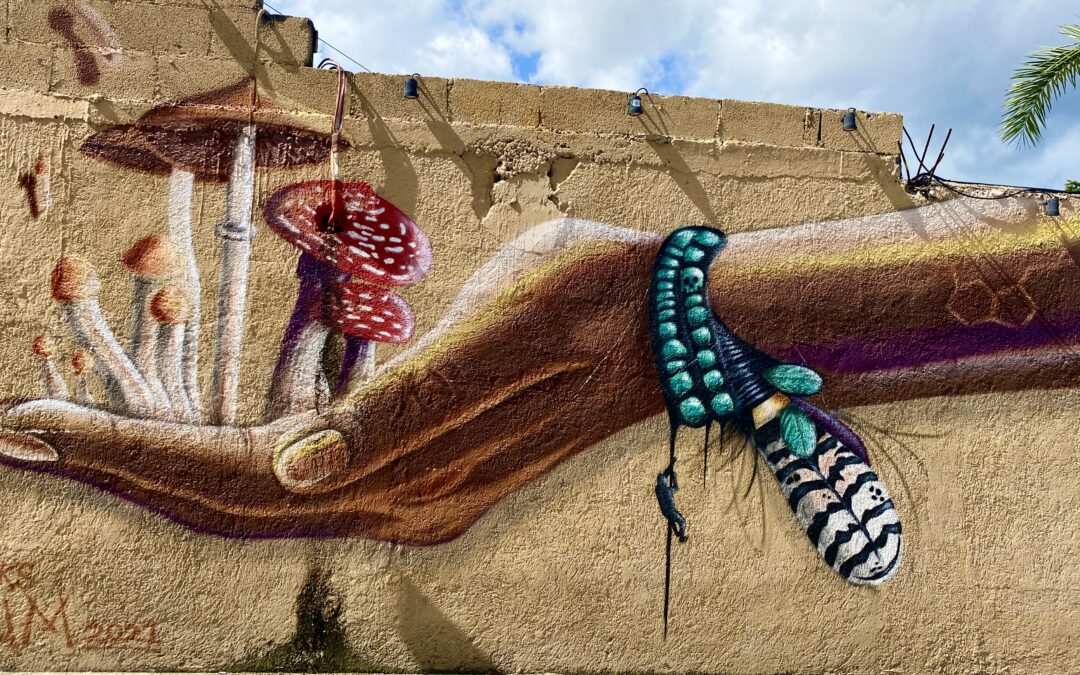Public spaces have always been mirrors reflecting our collective journey.
From the magnificent murals of Diego Rivera in San Francisco, capturing the essence of the working class and their struggles, to the “Cloud Gate” in Chicago (often referred to as ‘The Bean’), art installations and expressions in public spaces encapsulate epochs, emotions, and evolutions. They become historical bookmarks, telling tales of bygone days and contemporary musings.
Creative placemaking is an evolving field where community stakeholders collaborate to shape public spaces through arts and cultural activities. At its core, it’s about leveraging the power of arts, culture, and creativity to serve a community’s interest while driving a broader agenda for change, growth, and transformation. Through this practice, mundane spaces can bloom into vibrant hubs, fostering community engagement and revitalizing local identities. I personally like to refer to this practice as creative placekeeping as opposed to placemaking because to me, placemaking indicates that there was no place there prior to someone spotlighted. When in truth, these neighborhoods, communities, buildings and outdoor spaces have a very alive story if we care to dig a little deeper and be curious. In essence, creative placekeeping indicates that whatever new emerges should honor and acknowledge what was before.
Public art is art in any medium that has been planned and executed with the intention of being staged in the physical public domain, usually outside and accessible to all. It spans a vast spectrum—from murals, sculptures, and installations to performance arts like flash mobs and street plays. It’s an artist’s way of dialoguing with the community, sharing perspectives, highlighting issues, and evoking introspection. Art doesn’t exist in a vacuum; it weaves seamlessly into the fabric of urban planning. In the realm of creative placemaking, art becomes the heart, and urban design, the veins that spread its influence. Chicago, for instance, has consistently prioritized public arts, with its skyline punctuated by notable installations. Philadelphia’s Mural Arts Program has transformed urban spaces while narrating the city’s diverse cultural tales. Then there’s Seattle, where public art initiatives intermingle with natural beauty, creating harmonious urban-nature landscapes. Through strategic design and artistic flair, these cities have underscored the indomitable spirit of their communities. Of course, for me this hits close to home with all of the work I’ve done in the Southeast.
Preservation for Tomorrow: Drawing from the opening sentiment, public arts and creative placemaking aren’t just ornamental facets of urban planning; they’re integral to preserving our shared history. By intertwining artistic expressions with urban spaces, we’re crafting archives, not just for today’s urban dwellers but for future generations. These art-infused spaces will serve as testament to our times, much like the murals and installations of yesteryears that capture epochs gone by.
In conclusion, as we look to the structures and spaces around us, let’s see them not just as brick and mortar but as living chronicles of our journey, shaped and colored by the indelible strokes of art and culture.


